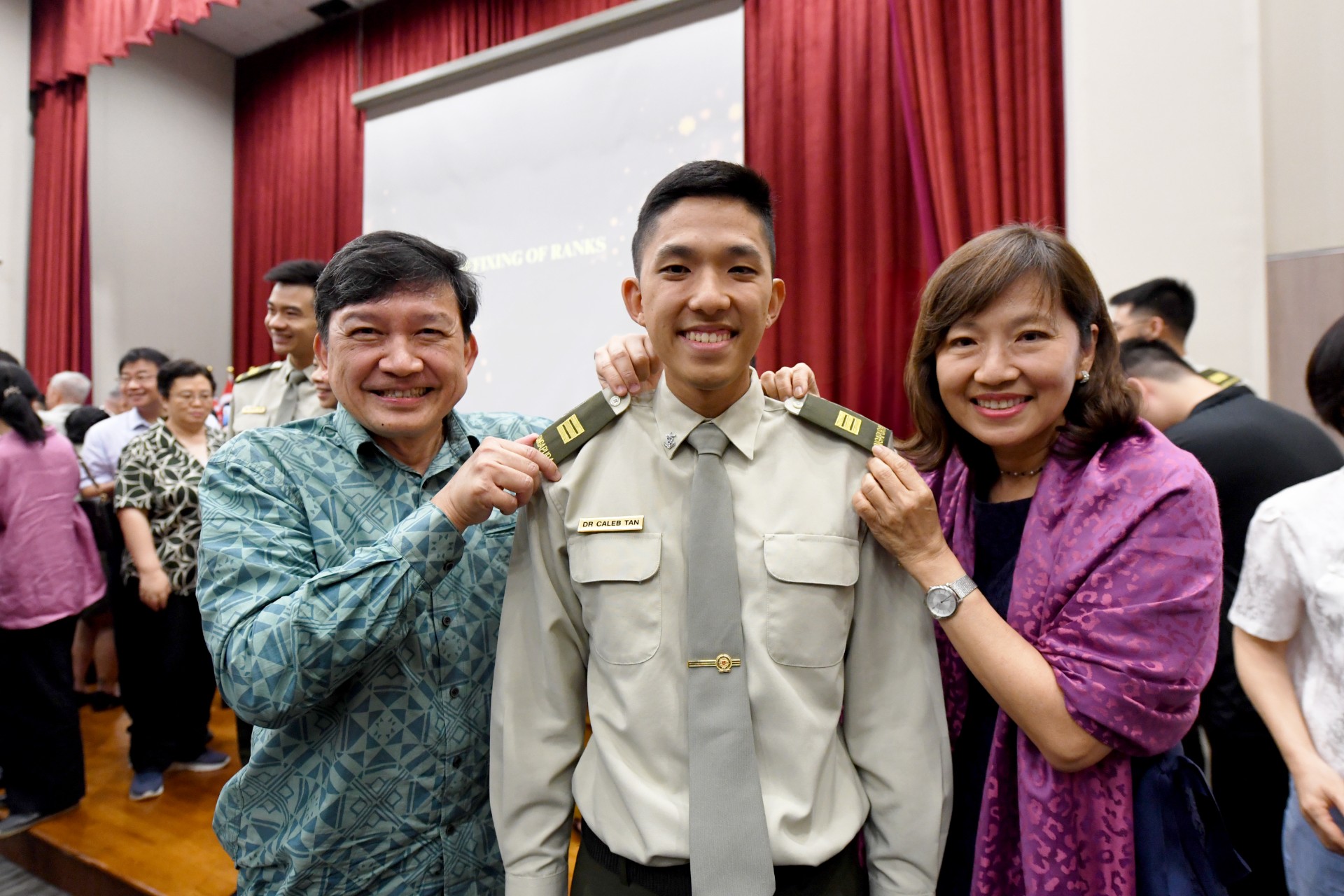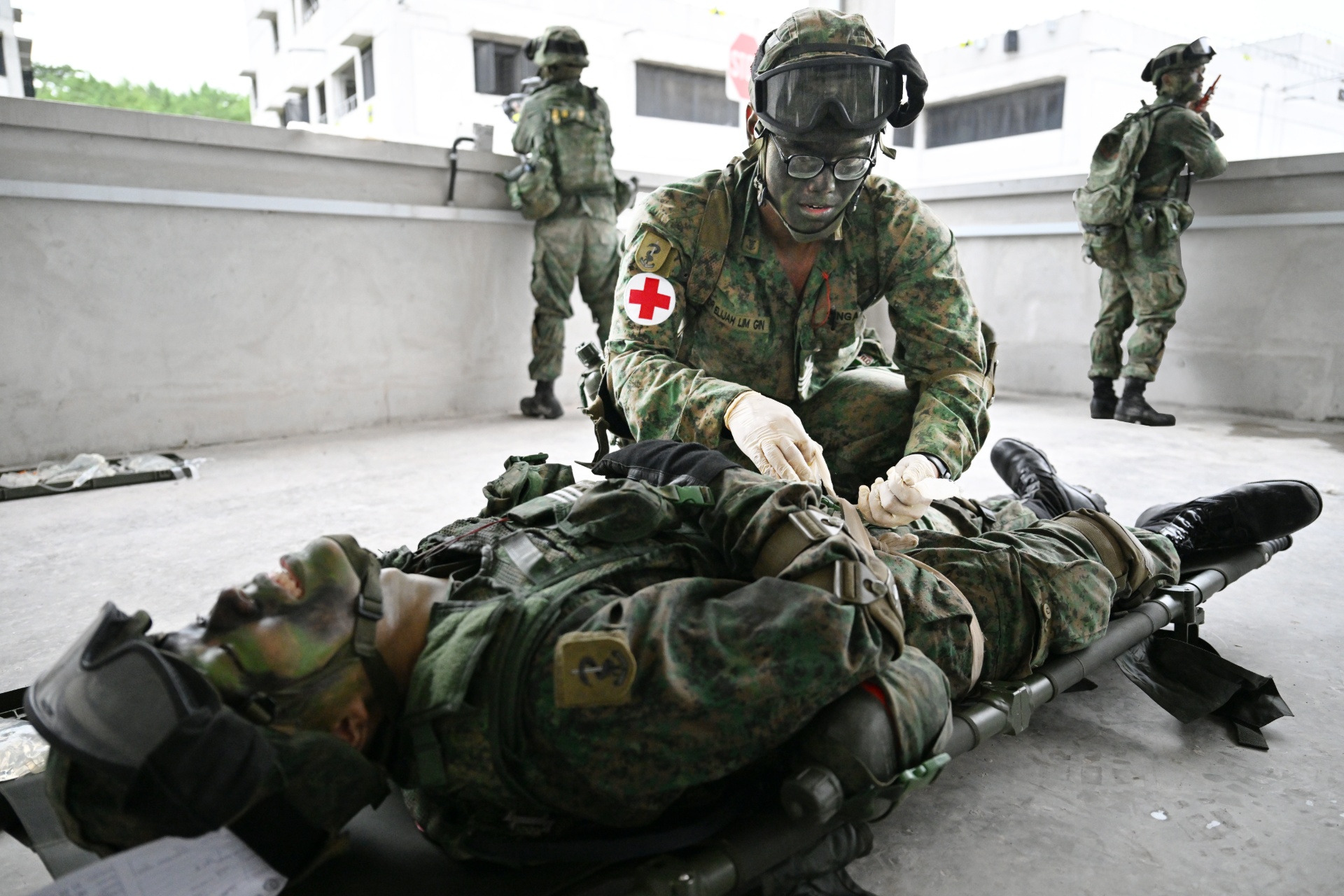TRANSFORMING BATTLEFIELD TRAINING
PHOTO // Simon Koh and Chai Sian Liang
In order to meet the training demands of a 3rd Generation Singapore Armed Forces (SAF), the SAF put in place the Battlefield Instrumentation (BFI) System to augment its soldiers' training through experiential learning.
There's nothing like learning through personal experience. To provide added realism during training and evaluation exercises, the SAF introduced the BFI system in 2006.
Using modern lasers and information communication technology, the BFI system connects soldiers and weapon systems together using the Global Positioning System (GPS), allowing for greater accuracy and precision in tracking and managing the exchange of fire between opposing forces.
Action on the battlefield
The BFI system consists of three core components: the Tactical Engagement System (TES), the Control Centre and the Ground Relay Stations.
The TES comprises laser transmitters mounted on weapons such as the Singapore Assault Rifle 21 (SAR 21), which simulate direct weapon fires. Area weapons, such as artillery and air strikes, can be simulated by the Control Centre. The centre activates the desired effect via wireless communication supported by the Ground Relay Stations.
Laser detection modules, which are placed on soldiers' helmets and harnesses as well as on armoured vehicles and tanks, pick up these laser signals fired from the weapon simulation transmitters.
When the detection modules receive a laser signal, it means that the target has been hit. The modules are able to detect the point of contact, and the extent of the damage on the target is evaluated based on where the target was hit.
This ensures that the outcome of each engagement is instant and accurate. To provide greater realism to battlefield training, the simulated injuries of soldiers will worsen over time, prompting them to get the necessary medical treatment quickly. Conversely, if the soldier is "killed", the laser transmitter on his weapon will be disabled, thus preventing him from attacking anyone.
With this feature, the skills of medics and vehicle technicians are tested in real time while the simulated battle is ongoing. Through the use of a Display Module, how the medics and the technicians address injuries and vehicle damages respectively are recorded on the BFI system.
Bridging the links
Besides the laser transmission and detection modules, the soldiers are equipped with the Player Unit Instrumentation (PUI), which helps to facilitate communication between the soldiers and the Ground Relay Stations.
The PUI, which forms part of the 2kg TES harness, is also able to track the exact position and status of troops via GPS, and record the soldiers' actions for them to review their performances later. Similarly, armoured vehicles are equipped with Vehicle Hit Indicators (VHIs) which can track the locations and statuses of the vehicles.
Information gathered from the PUIs and VHIs are relayed to the Ground Relay Stations, which act as channels to transmit the information back to the Control Centre either via satellite or wide area network communications. Hence, the relay stations function as a bridge between the TES and Control Centre.
These stations are also able to communicate with corresponding simulation systems used by the Air Force. Thus the BFI system can be used in cross-Service exercises and combined arms training exercises.
Brains behind the system
At the nucleus of the system lies the Control Centre, which comprises the Exercise Control Centre and the After-Action-Review Facility.
As its name suggests, the Exercise Control Centre is used in the managing and coordinating of all the exercise details and activities, such as the simulation of area weapons, as well as the collation and analysis of information that has been sent from the Ground Relay Stations.
All events and soldier locations are displayed on a two-dimensional digital map in the centre.
The Exercise Control Centre is able to record battlefield scenarios and voice communications among soldiers, which can be replayed for assessment and evaluation at the After-Action-Review Facility at the end of an exercise.
The review allows soldiers to learn more effectively how their actions contributed to the outcome of each engagement in the battlefield. Commanders can then debrief the soldiers, analyse the outcome of the exercise and identify ways to improve.
Greater enhancements
Since its inauguration in 2006, the BFI has transformed into a much more comprehensive force engagement training system which includes the capability to simulate different weapons such as the Bangalore torpedo, anti-personnel mines and anti-tank mines.
In 2009, the BFI system was introduced into the Murai Urban Training Facility (MUTF) to create a more realistic training environment for urban operations. New features, such as an effects simulator which is able to produce ambient sound, shock effect and smoke effect, were added.
Senior Lieutenant Colonel Kong Kam Yean, Head of Training Simulation Group, said: "Our BFI is one of the most advanced systems in the world. The instrumentation in the MUTF also enables the 3rd Generation SAF to train effectively for complex urban operations."
As the BFI system continues to be upgraded and enhanced with new capabilities, SAF soldiers will become even more adept through training in a realistic battlefield environment.
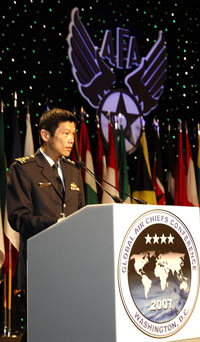
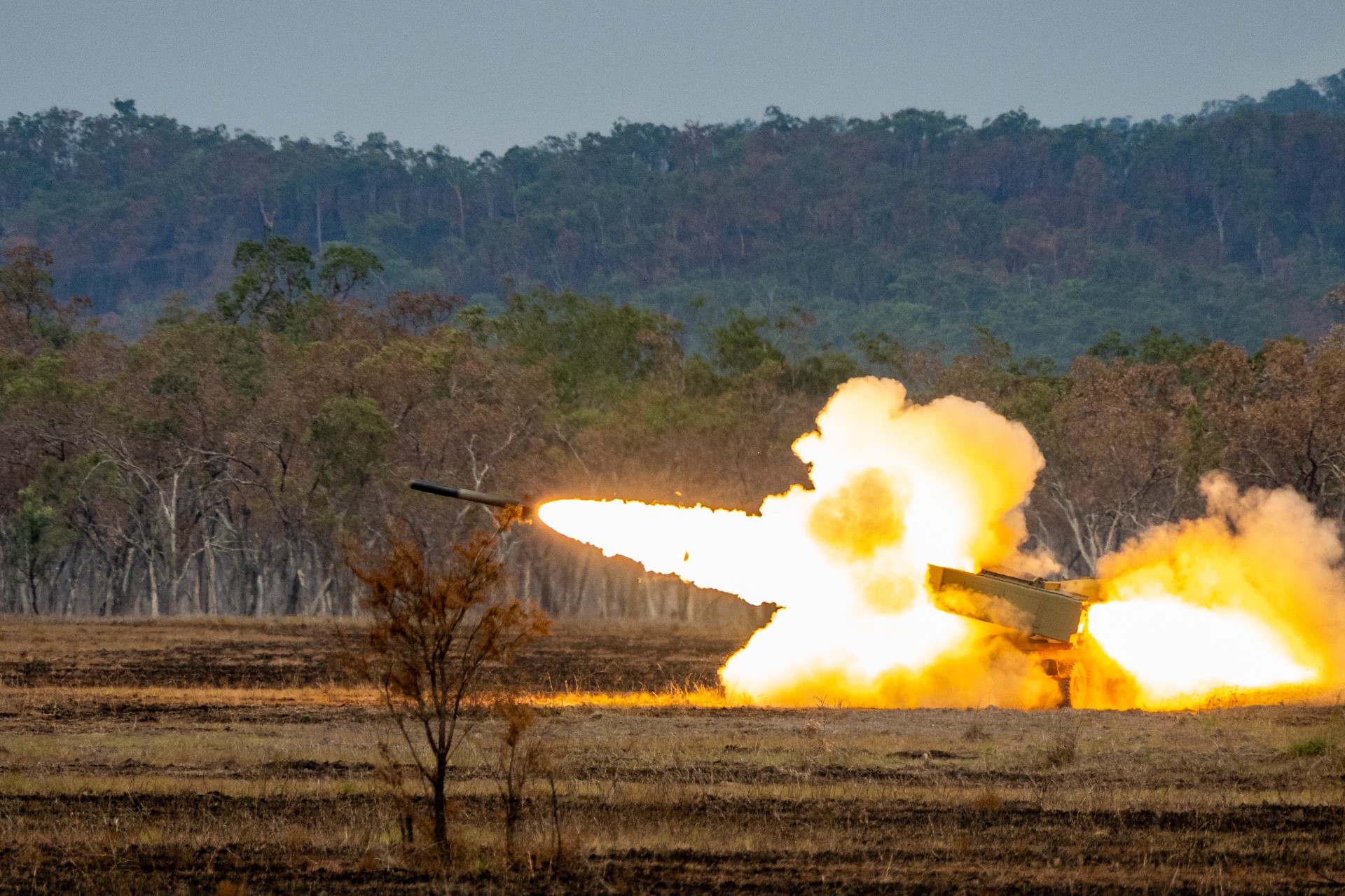
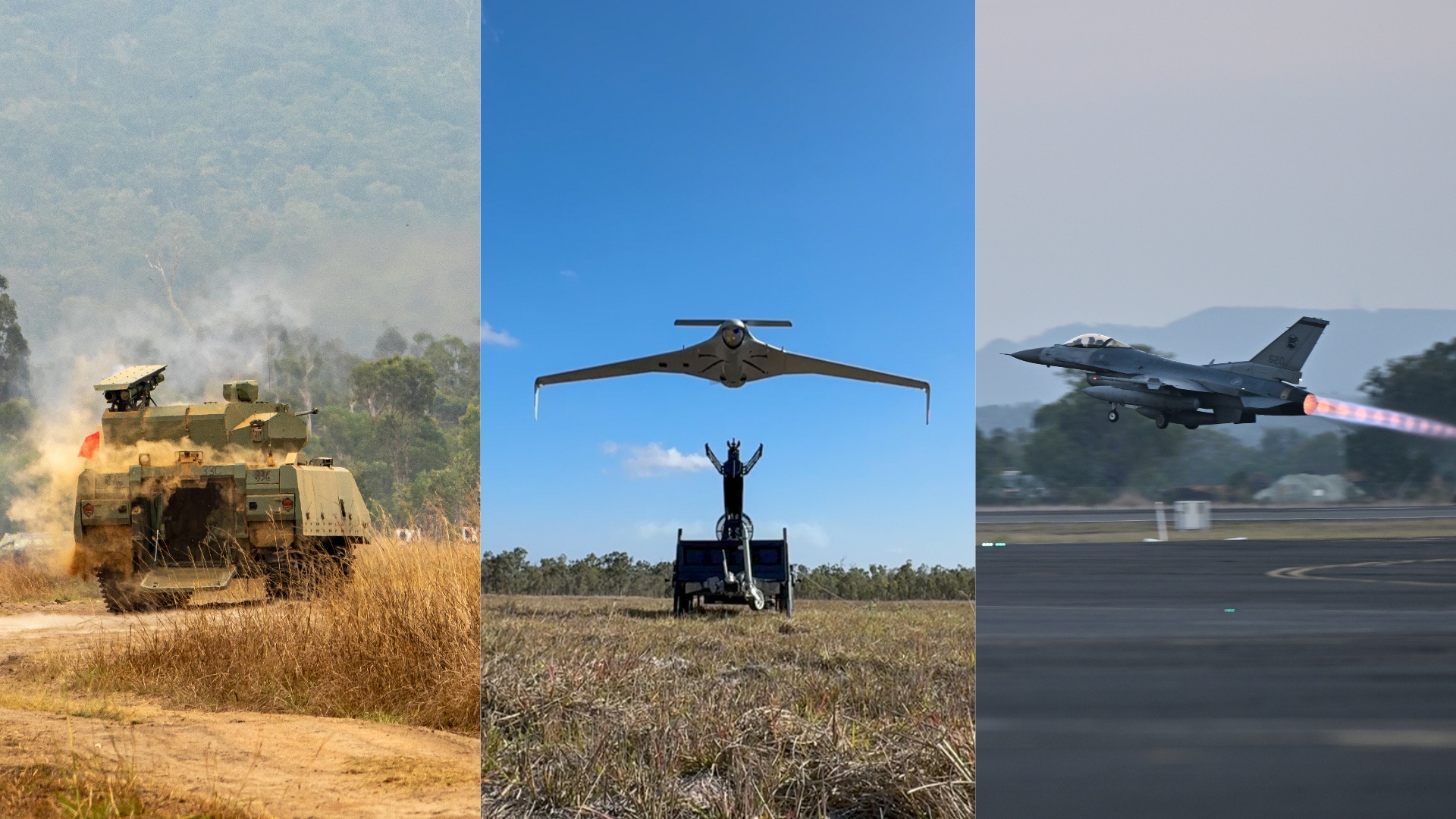
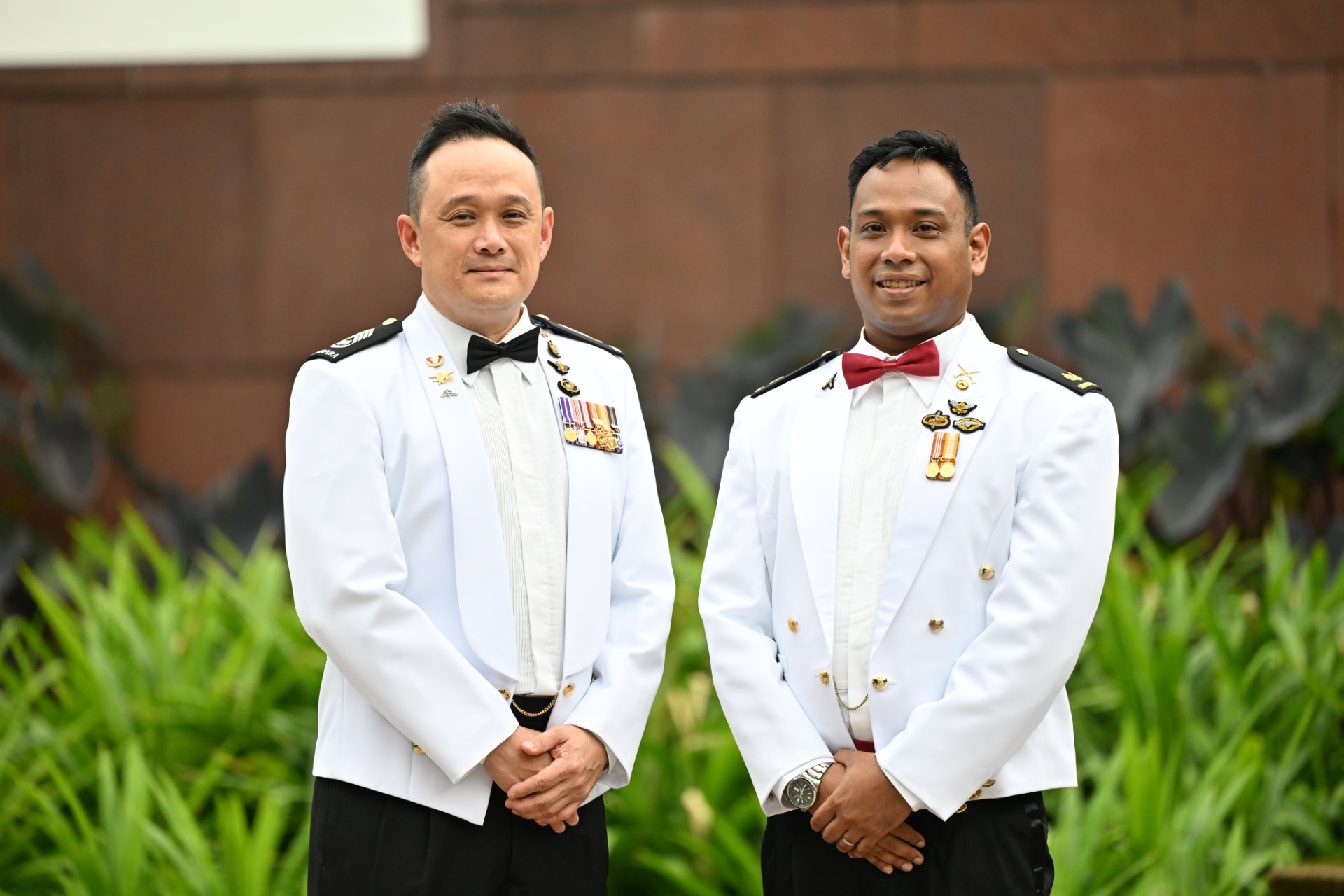
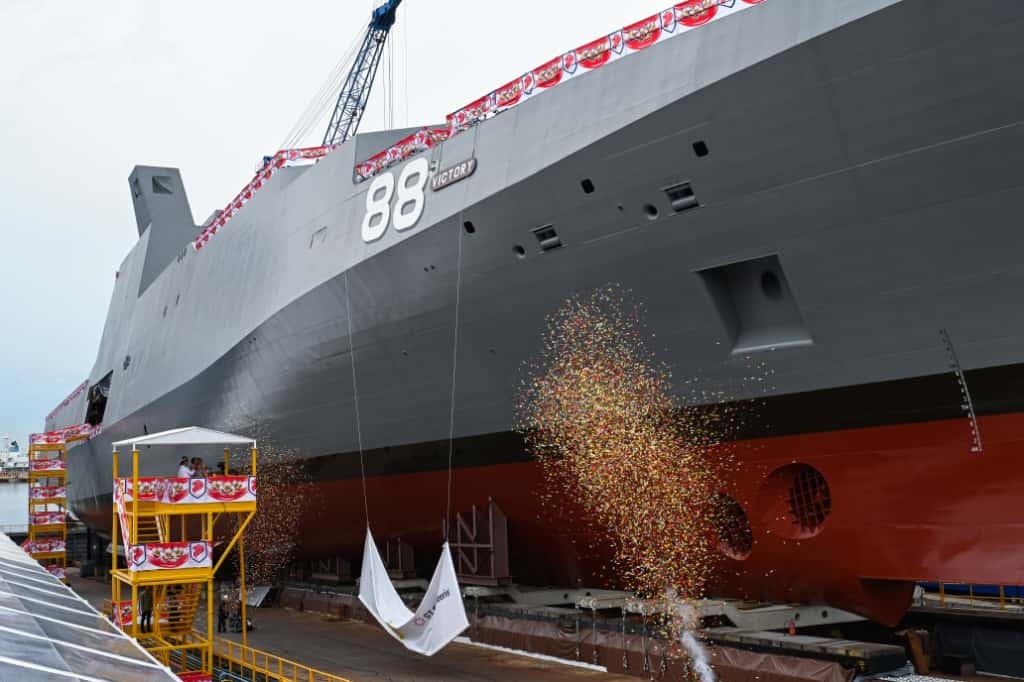
-dsc_2181.jpg?sfvrsn=cf8a503f_1)
